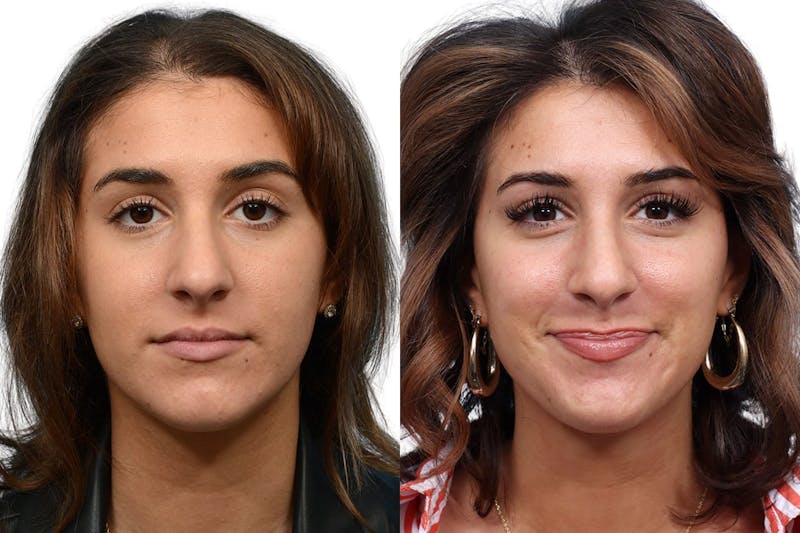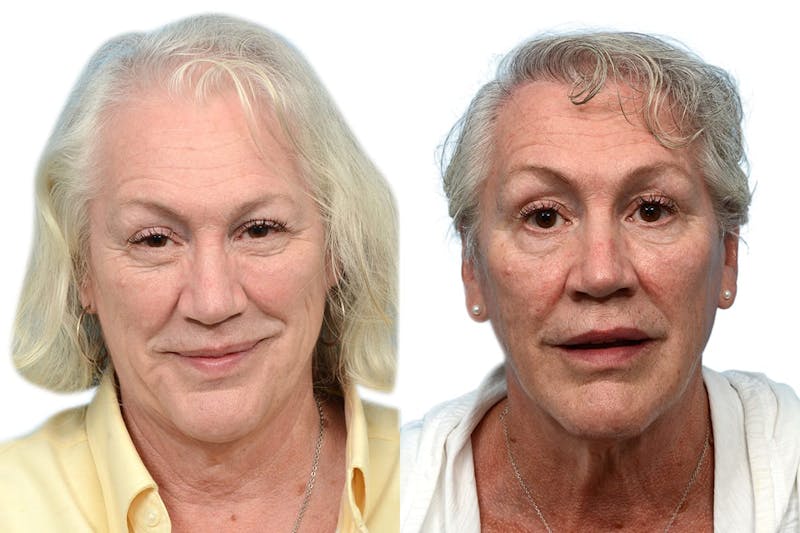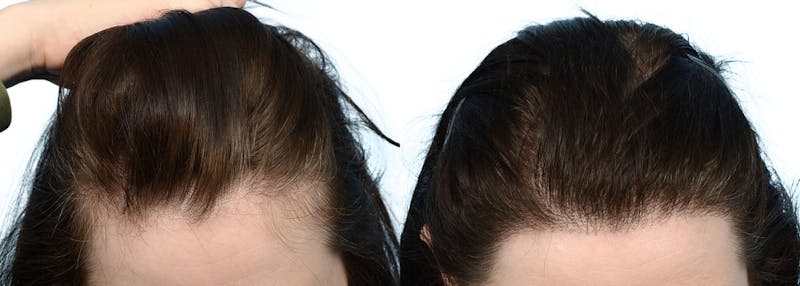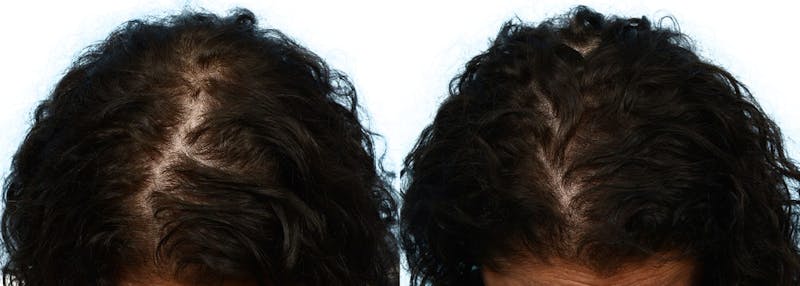Female hair loss may occur for a variety of reasons—from genetics to illness. In the past, some hair restoration options for women have proven less than ideal.
Lifelong Hair Growth
Generally, a patient can expect that most of the follicles will shed their hair after the procedure. The first hair growth in these follicles is usually noticed between 3 and 4 months. About 50% of them will start growing within six months or so, and around 95% will have started growing at about one year. Full density will not generally be seen until at least a year and a half post-procedure. However, even at about 8-9 months, impressive density is usually noticed.
It is likely that the grafted follicles will continue to grow hair for the patient’s lifetime.* If the grafts are taken from an area that will not lose hair over the lifetime of the patient, the grafted follicles will continue growing hair as they would have at the donor site. The best donor areas would be in the back and sides of the scalp. These follicles are genetically coded to resist baldness.
Learn more at www.drwisehair.com













